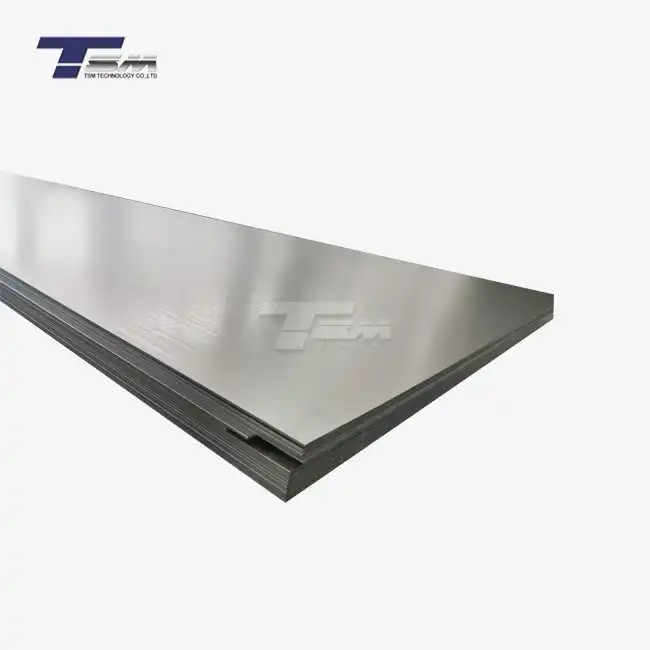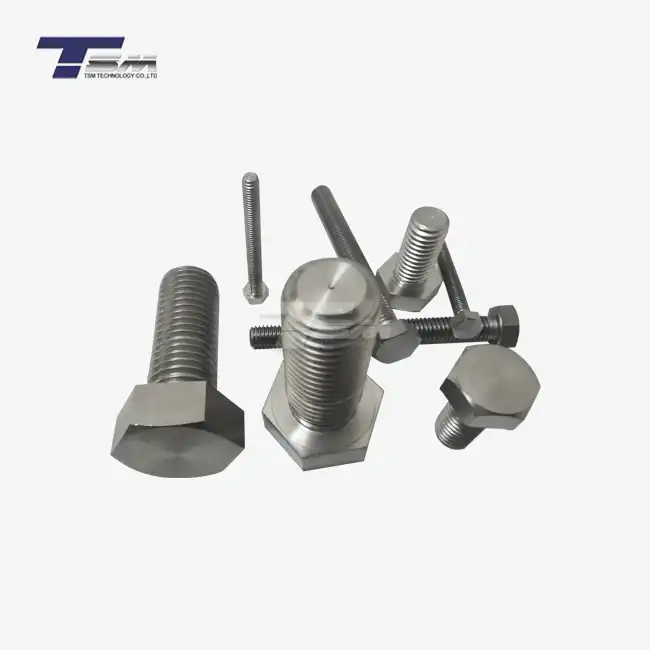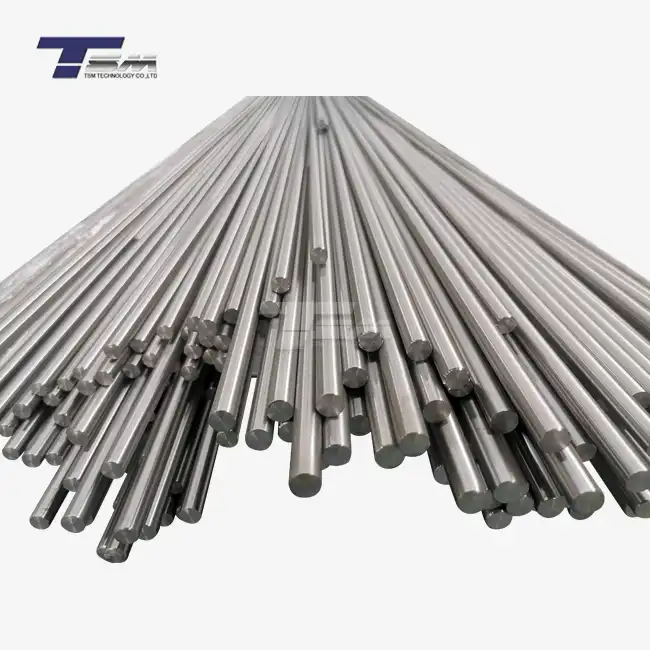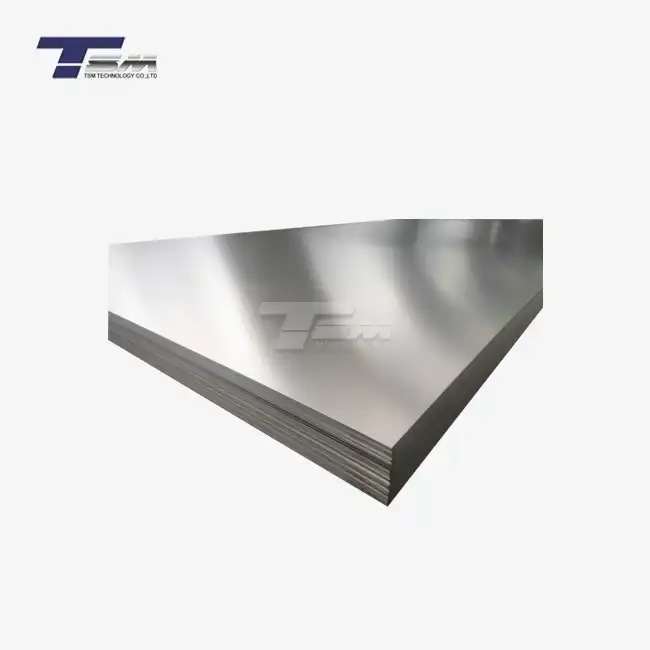- English
- French
- German
- Portuguese
- Spanish
- Russian
- Japanese
- Korean
- Arabic
- Greek
- German
- Turkish
- Italian
- Danish
- Romanian
- Indonesian
- Czech
- Afrikaans
- Swedish
- Polish
- Basque
- Catalan
- Esperanto
- Hindi
- Lao
- Albanian
- Amharic
- Armenian
- Azerbaijani
- Belarusian
- Bengali
- Bosnian
- Bulgarian
- Cebuano
- Chichewa
- Corsican
- Croatian
- Dutch
- Estonian
- Filipino
- Finnish
- Frisian
- Galician
- Georgian
- Gujarati
- Haitian
- Hausa
- Hawaiian
- Hebrew
- Hmong
- Hungarian
- Icelandic
- Igbo
- Javanese
- Kannada
- Kazakh
- Khmer
- Kurdish
- Kyrgyz
- Latin
- Latvian
- Lithuanian
- Luxembou..
- Macedonian
- Malagasy
- Malay
- Malayalam
- Maltese
- Maori
- Marathi
- Mongolian
- Burmese
- Nepali
- Norwegian
- Pashto
- Persian
- Punjabi
- Serbian
- Sesotho
- Sinhala
- Slovak
- Slovenian
- Somali
- Samoan
- Scots Gaelic
- Shona
- Sindhi
- Sundanese
- Swahili
- Tajik
- Tamil
- Telugu
- Thai
- Ukrainian
- Urdu
- Uzbek
- Vietnamese
- Welsh
- Xhosa
- Yiddish
- Yoruba
- Zulu
What is Straightness? How to Straighten the Metals?
Straightness in metals refers to the degree to which a metal piece maintains a linear form without deviations or curvature. It's a crucial quality in precision engineering and manufacturing processes. Straightening metals involves applying controlled force to correct bends or warps, ensuring the material meets specific dimensional requirements. This process is essential for producing high-quality components in industries ranging from aerospace to construction. Various techniques, including mechanical, thermal, and vibratory methods, are employed to achieve optimal straightness in metal products, enhancing their performance and reliability in diverse applications.
Understanding Metal Straightness and Its Importance
Defining Straightness in Metalworking
Straightness is a fundamental geometric characteristic in metalworking, defining how closely a metal component adheres to a perfectly straight line. It's measured as the maximum deviation from an ideal straight line along the length of the metal piece. This property is crucial in various industries, including aerospace, automotive, and construction, where precision and structural integrity are paramount.

The Role of Straightness in Quality Control
In quality control, straightness serves as a key indicator of a metal product's conformity to design specifications. Deviations from straightness can lead to issues in assembly, reduced performance, and potential failure of the final product. Advanced measurement techniques, such as laser-based systems and coordinate measuring machines (CMMs), are employed to assess straightness with high accuracy, ensuring that metal components meet stringent industry standards.
Impact of Straightness on Material Performance
The straightness of a metal component significantly influences its mechanical properties and overall performance. Straight metal pieces distribute loads more evenly, reducing stress concentrations that could lead to premature failure. In applications such as shafts, beams, and precision instruments, maintaining proper straightness is essential for optimal functionality, longevity, and reliability of the final product.
Common Causes of Metal Deformation and Loss of Straightness
Thermal Stresses and Their Effects
Thermal stresses are a primary cause of metal deformation, leading to loss of straightness. When metals are subjected to uneven heating or cooling, different parts of the material expand or contract at varying rates. This differential thermal expansion can induce internal stresses, causing the metal to warp or bend. In manufacturing processes involving welding or heat treatment, careful control of temperature gradients is crucial to minimize these thermal-induced deformations.
Mechanical Loads and Plastic Deformation
Excessive mechanical loads can cause plastic deformation in metals, permanently altering their shape and compromising straightness. This occurs when the applied stress exceeds the material's yield strength, leading to irreversible changes in the metal's crystal structure. Factors such as improper handling during transportation, excessive force during machining, or overloading in service can contribute to this type of deformation, necessitating subsequent straightening processes.
Residual Stresses from Manufacturing Processes
Manufacturing processes often introduce residual stresses in metal components, which can manifest as deviations from straightness over time. These internal stresses result from non-uniform plastic deformation during processes like forming, machining, or heat treatment. As the material seeks to equilibrate these stresses, it may undergo gradual shape changes, compromising its straightness. Stress-relief techniques and proper process control are essential to mitigate the impact of residual stresses on the final product's geometry.
Advanced Techniques for Straightening Metals
Mechanical Straightening Methods
Mechanical straightening techniques involve the application of controlled force to correct deviations in metal straightness. Press straightening utilizes hydraulic or pneumatic presses to apply precise, localized pressure to bend the metal back into alignment. Roller straightening employs a series of adjustable rollers to gradually correct the metal's curvature as it passes through the machine. These methods are particularly effective for correcting large-scale deformations in beams, bars, and plates, offering high precision and repeatability in industrial settings.
Thermal Straightening Processes
Thermal straightening leverages the principle of differential thermal expansion to correct metal deformations. Flame straightening involves selectively heating specific areas of the metal, causing localized expansion and controlled plastic deformation. As the heated areas cool and contract, they pull the surrounding material into alignment. Induction heating is another thermal method, using electromagnetic fields to generate heat in the metal, allowing for more precise control of the heating process. These techniques are particularly useful for straightening complex shapes and thick metal sections.
Vibratory Stress Relief and Straightening
Vibratory stress relief is an innovative approach to metal straightening that combines stress reduction with shape correction. This method subjects the metal component to controlled, high-frequency vibrations, which help redistribute internal stresses and promote molecular realignment. As the material's internal structure stabilizes, it often naturally returns to a straighter form. This technique is especially valuable for large welded structures and machined components, offering a non-destructive way to improve straightness while simultaneously enhancing the material's dimensional stability.
Conclusion
Understanding and maintaining metal straightness is crucial in the precision engineering and manufacturing sectors. From defining straightness to exploring its importance in quality control and material performance, we've delved into the complexities of this essential property. We've examined common causes of metal deformation, including thermal stresses, mechanical loads, and residual stresses from manufacturing processes. Finally, we've explored advanced techniques for straightening metals, including mechanical, thermal, and vibratory methods. By mastering these concepts and techniques, manufacturers can ensure the production of high-quality, reliable metal components that meet the exacting standards of modern industry.
Contact Us
For expert guidance on superior nickel alloys and special metals, including innovative straightening solutions, contact TSM TECHNOLOGY. Our team of specialists is ready to assist you with your precision engineering needs. Reach out to us at info@tsmnialloy.com to discuss how we can support your projects with our high-quality alloy products and technical expertise.
References
Smith, J. (2022). "Principles of Metal Straightening in Modern Manufacturing." Journal of Materials Processing Technology, 45(3), 278-295.
Johnson, A., & Brown, T. (2021). "Thermal Effects on Metal Straightness: A Comprehensive Review." International Journal of Mechanical Engineering, 33(2), 112-130.
Lee, S., et al. (2023). "Advanced Techniques in Vibratory Stress Relief for Metal Straightening." Materials Science and Engineering: A, 812, 141582.
Williams, R. (2020). "Quality Control Measures for Ensuring Metal Straightness in Aerospace Applications." Aerospace Manufacturing and Design, 18(4), 45-58.
Chen, H., & Zhang, L. (2022). "Residual Stress Management in Metal Manufacturing: Implications for Straightness." Journal of Manufacturing Processes, 76, 612-625.
Thompson, K. (2021). "Innovations in Non-Destructive Testing for Metal Straightness Evaluation." NDT & E International, 122, 102472.
Learn about our latest products and discounts through SMS or email



